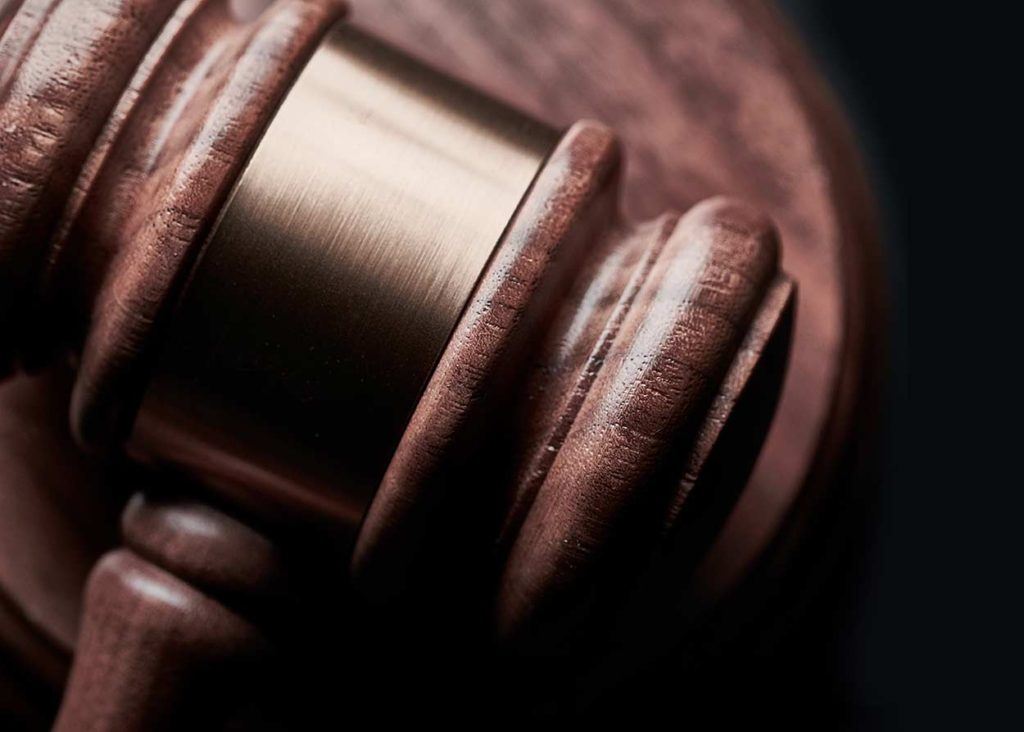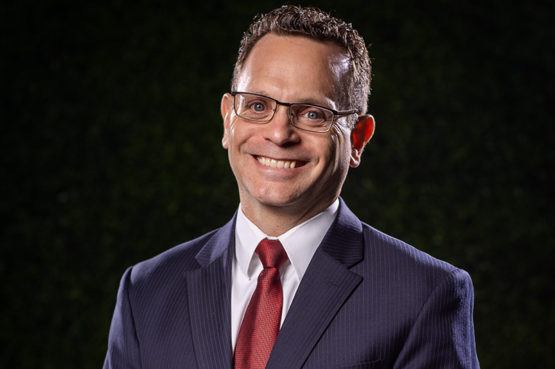How does a Federal criminal sentence of incarceration run when there is a separate State Court criminal sentence? The answer may take years off your prison time.
Consecutive Time & Concurrent Time
The terms “consecutive time” and “concurrent time” have straightforward meanings:
- Consecutive Time means that periods of time or events happen one after the other. When one event ends, the next event begins. For a criminal sentence, consecutive time means that separate sentences of incarceration run one after the other. When one sentence of incarceration ends, then the next sentence of incarceration begins.
- Concurrent Time means that periods of time or events happen at the same time. Both events are occurring at the same time. For a criminal sentence, concurrent time means that both sentences of incarceration will run at the same time. This does not mean both sentences started on the same day or will end on the same day. Rather, it means that each day of incarceration will be applied as a credit against more than one sentence of incarceration.
As a criminal defendant facing multiple sentences of incarceration, you always seek to receive concurrent time.

Here are two examples to highlight two common situations:
Example One: Single Criminal Case with Multiple Crimes of Conviction:
A defendant is found guilty after a jury trial of multiple criminal charges related to the same criminal offense. At the time of sentencing, the judge must impose a sentence for every crime of conviction. The period of incarceration may be longer for the more serious offenses and shorter for the less serious offenses. Many judges will run those separate sentences concurrently (together) so that the defendant gets a day of credit toward each sentence for every day the defendant is in custody. If the judge were to run those separate sentences consecutively (one after the other), then the defendant only gets a single day of credit toward one sentence of incarceration for every day the defendant is in custody. Consecutive sentences result in a substantially longer period of incarceration.
Example Two: Two Separate Criminal Cases, Two Separate Sentences:
A defendant is found guilty after two separate jury trials relating two separate criminal offenses stemming from two separate arrests. At the time of sentencing for criminal case #1, Judge #1 imposes a sentence of incarceration. Judge #1 does not state whether the sentence of incarceration runs concurrent or consecutive because the sentence from criminal case #1 is the only sentence. At the time of sentencing for criminal case #2, Judge #2 must decide whether sentence #2 will run concurrently (together) or consecutively (one after the other) with sentence #1. If Judge #2 imposes a concurrent sentence of incarceration, then the defendant will receive a day of credit for each day of incarceration towards both sentence #1 and sentence #2. If Judge #2 imposes a consecutive sentence of incarceration, then the defendant gets no credit toward sentence #2 until the defendant serves the entire sentence imposed under sentence #1.
Federal criminal law presumes consecutive sentences for separate sentences of incarceration from separate criminal acts. Sentences of imprisonment imposed at different times (for different offenses) shall run consecutively unless the sentencing judge orders the last sentence imposed to run concurrently with the earlier sentence. See, 18 United States Code sec. 3584(a).
If you or a loved one are facing Federal or State criminal charges and need to know how to avoid consecutive time, contact Larry Elmen, Esq. at Elmen Law Firm P.C. to schedule an initial consultation. We will work with you to ensure you understand the full impact of Federal and State criminal sentencing laws before it is too late.








